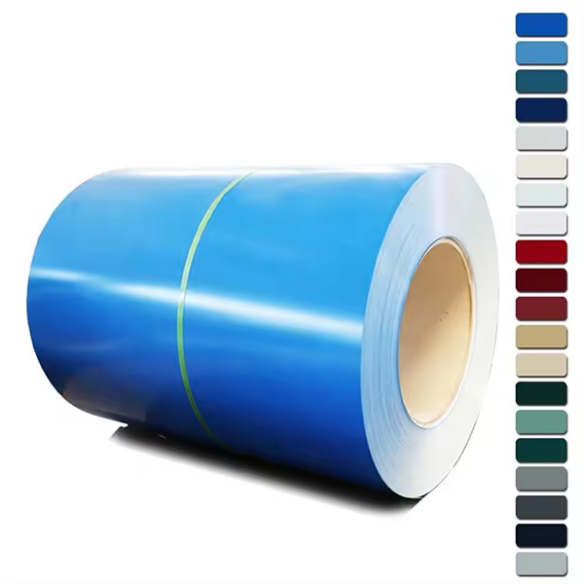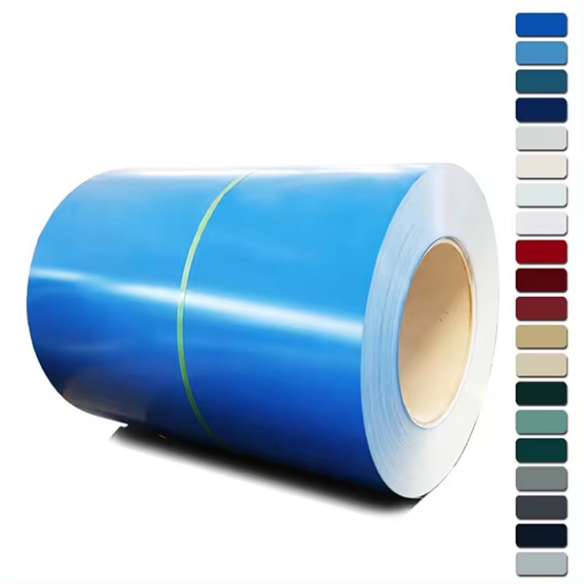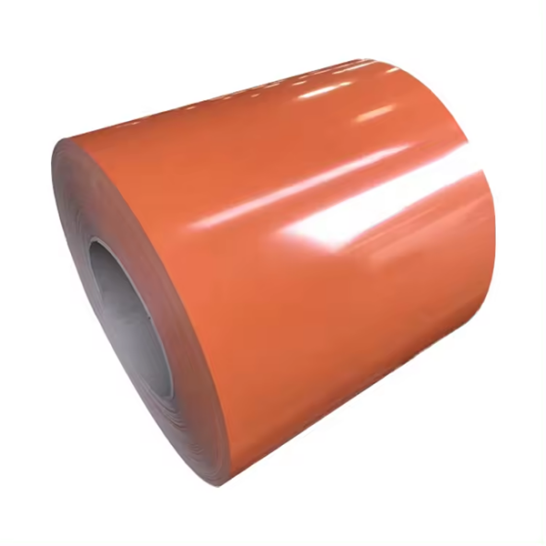Introduction
Choosing the right type of coil—Pre-painted Galvanized Iron (PPGI) or Pre-painted Galvalume (PPGL)—is crucial for the success of your construction project. Each type of coil offers unique advantages depending on the specific application and environmental conditions.
Material Composition
· PPGI Coils: Composed of a galvanized iron base with a color-coated finish. The zinc coating provides strong corrosion resistance, especially in environments exposed to moisture.
· PPGL Coils: Made with a galvalume base, which is a combination of aluminum, zinc, and silicon. This composition offers superior resistance to oxidation and heat, making PPGL ideal for harsh environmental conditions.
Key Differences
· Corrosion Resistance: PPGI is better suited for environments with high humidity, while PPGL excels in coastal areas due to its enhanced corrosion resistance against saltwater.
· Thermal Reflectivity: PPGL has higher thermal reflectivity, which helps in reducing heat absorption, making it ideal for roofing in hot climates.
· Cost: PPGI is generally more cost-effective than PPGL, making it a popular choice for projects with tight budgets.
Thickness and Coating Specifications
· PPGI: Available in thicknesses from 0.2mm to 1.2mm, with a coating weight typically between 40g/m² to 275g/m².
· PPGL: Thickness ranges from 0.25mm to 1.5mm, with coating weights from AZ30 to AZ180, providing excellent durability and performance.
Applications
· PPGI: Best used for wall panels, ceiling tiles, and appliance exteriors.
· PPGL: Ideal for roofing, cladding, and exterior building panels in coastal and industrial areas.
Conclusion
Selecting between PPGI and PPGL coils depends on your specific project needs, including environmental conditions, budget, and the desired lifespan of the materials. Both offer significant benefits, but understanding their differences will help you make an informed decision.



